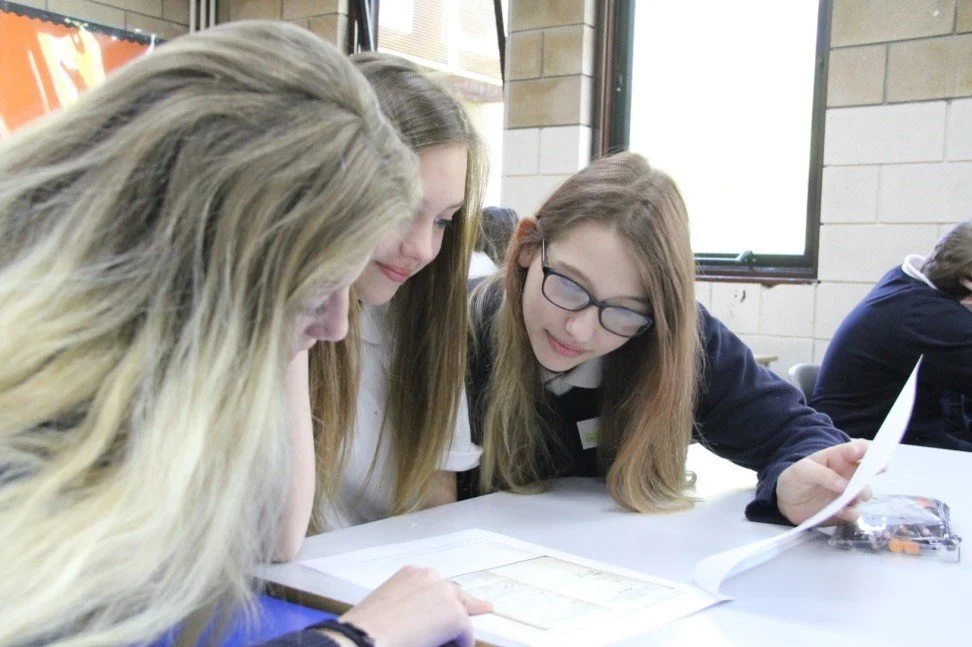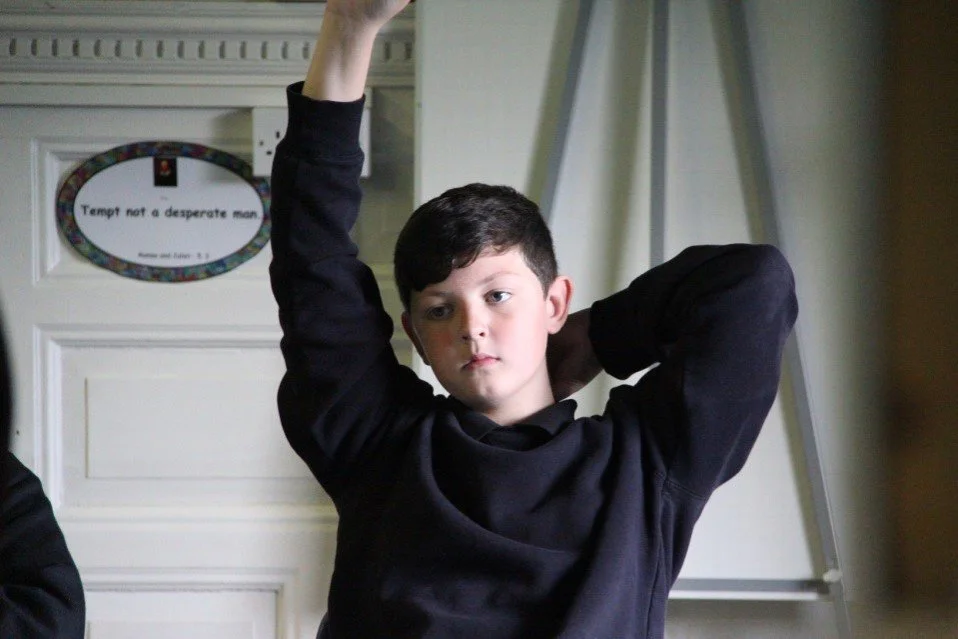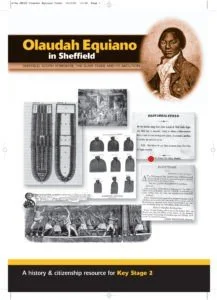Resources for schools
In recent years, I have been working with Gertie Whitfield, former drama teacher and PSHE advisor, now creative historian at Whitworks Adventures in Theatre, and Professor Julia Hirst, a sociologist and sex education expert at SHU (now emerita), to develop a suite of resources using historical sources for the new Relationships, Sex and Health Education curriculum in British secondary schools.
Prior to that, with Rob Unwin at the Development Education Centre (South Yorkshire), I wrote two resources which address the inter-linkage of local/global histories to ‘decolonise’ the history curriculum.
See below for both…
RSHE resources: sexual grooming
Nell’s Story
‘Nell’s Story’ addresses the issue of sexual grooming, drawing on Norah’s diaries and the sailor’s letters as explored in my book, A Place of Dreams.
The resource draws upon active learning methods and the spiral curriculum
The feedback, from students and teachers, has been very positive:
“I did enjoy looking at a true story as it makes it much more exciting and interesting knowing that everything we’re reading happened at some point.” — Year 9 boy, Highfield School
“I enjoyed how it wasn’t just one lesson, like the usual facts and information almost like a letter it was spread and we got to see how the story unfolded and progressed until we got the final message.” — Year 9 Girl, Swanwick Hall School
“It raised so many questions for them - they were discussing it outside PSHE lessons.” — Claire Nulty, PSHE Leader Swanwick Hall School
See https://learningcreativelythroughhistory.org/index.html for this and other resources, all of which are free to download.
Gertie is currently working with teachers at a Derbyshire school to develop ‘Nell’s Story’ as a drama resource.
My piece about using historical sources to teach sensitive issues regarding sex and relationships will shortly be uploaded here.
History resources: decolonising the curriculum
The Empire in South Yorkshire came out of a three-year project in 1989-1992 — my first job — to produce a history resource for KS3 of the (then) new national curriculum. The aim was to show how ‘local history’ is imbricated with global concerns — and by implication, that a narrow understanding of ‘British history’ is ideologically driven and makes no historical sense.
Published in 1992, this resource remains well used in schools. It has been described by Lee Jerome, Lecturer in Education, Queen’s University, Belfast, as
‘the best teacher resource I’ve encountered, not just in relation to this topic, but across all of my teaching. I have been using this resource consistently for 15 years, first as a secondary history teacher, and subsequently as a PGCE tutor. It incorporates multiple perspectives, provides real (and really interesting) source material and includes some fantastic classroom activities that work brilliantly. I’d recommend it to anyone teaching history as a key resource.’
In 2007, I again collaborated with the DEC to produce ‘Olaudah Equiano in Sheffield’, a small resource for KS2 of the history curriculum which commemorates the 200th anniversary of the abolition of the slave trade through a focus on Olaudah Equiano’s visit to Sheffield in 1790.
The local sources I encountered whilst researching these resources formed the basis of my PhD and various academic history publications, mainly on abolition and C19th missions. My new project, Local and Global Histories of Sheffield, develops some of these stories.




